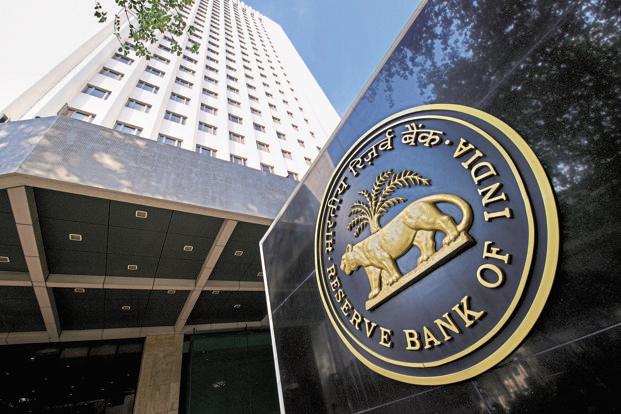Reserve Bank of India (RBI) was established on April 1, 1935 in accordance with the provisions of the Reserve Bank of India Act, 1934. The Central Office of the Reserve Bank is in Mumbai since 1937. Though originally privately owned, since nationalization in 1949, the Reserve Bank is fully owned by the Government of India.
Reserve Bank of India was nationalised in the year 1949. The general superintendence and direction of the Bank is entrusted to Central Board of Directors of 20 members, the Governor and four Deputy Governors, one Government official from the Ministry of Finance, ten nominated Directors by the Government to give representation to important elements in the economic life of the country, and four nominated Directors by the Central Government to represent the four local Boards with the headquarters at Mumbai, Kolkata, Chennai and New Delhi. Local Boards consist of five members each Central Government appointed for a term of four years to represent territorial and economic interests and the interests of co-operative and indigenous banks.
As supreme banking authority in the country, the Reserve Bank of India, therefore, has the following powers:
- It controls the credit operations of banks through quantitative and qualitative controls.
- It acts as the lender of the last resort by providing rediscount facilities to scheduled banks.
- It controls the banking system through the system of licensing, inspection and calling for information.
- It holds the cash reserves of all the scheduled banks.
The Reserve Bank of India Act, 1934 was commenced on April 1, 1935. The Act, 1934 (II of 1934) provides the statutory basis of the functioning of the Bank. The Bank was constituted for the need of following:
- To maintain reserves with a view to securing monetary stability and
- To regulate the issue of banknotes
- To operate the credit and currency system of the country to its advantage.
FUNCTIONS OF RESERVE BANK OF INDIA
The Reserve Bank of India Act of 1934 entrust all the important functions of a central bank the Reserve Bank of India.
- Banker to government
- Bank of issue
- Bankers’ bank and lender of the last resort
- Controller of credit
- Custodian of foreign reserves
- Supervisory functions
- Promotional functions
CLASSIFICATION OF RBIS FUNCTIONS
The functions which are monetary also called as the central banking functions of the RBI relates to control and regulation of money and credit, i.e., control of bank credit, controls, issue of currency of F.E.(foreign exchange) operations, banker to the govt.(Government) and to the money market. Monetary functions of the RBI are most significant part as they are controlling and regulating the volume of money and credit in the country.
Equally important, however, are the non-monetary functions of the RBI in the context of India’s economic backwardness. The supervisory function of the RBI may be regarded as a non-monetary function (though many consider this a monetary function). The promotion of sound banking in India is an important goal of the RBI, the RBI has been given wide and drastic powers, under the Banking Regulation Act of 1949 – these powers relate to licensing of banks, branch expansion, liquidity of their assets, management and methods of working, inspection, amalgamation, reconstruction and liquidation. Under the RBI’s supervision and inspection, the working of banks has greatly improved. Commercial banks have developed into financially and operationally sound and viable units. The RBI’s powers is to supervise have now been increased to non-banking financial intermediaries. Since independence, particularly after its nationalization 1949, the RBI has followed the promotional functions vigorously and has been responsible for strong financial support to industrial and agricultural development in the country.


